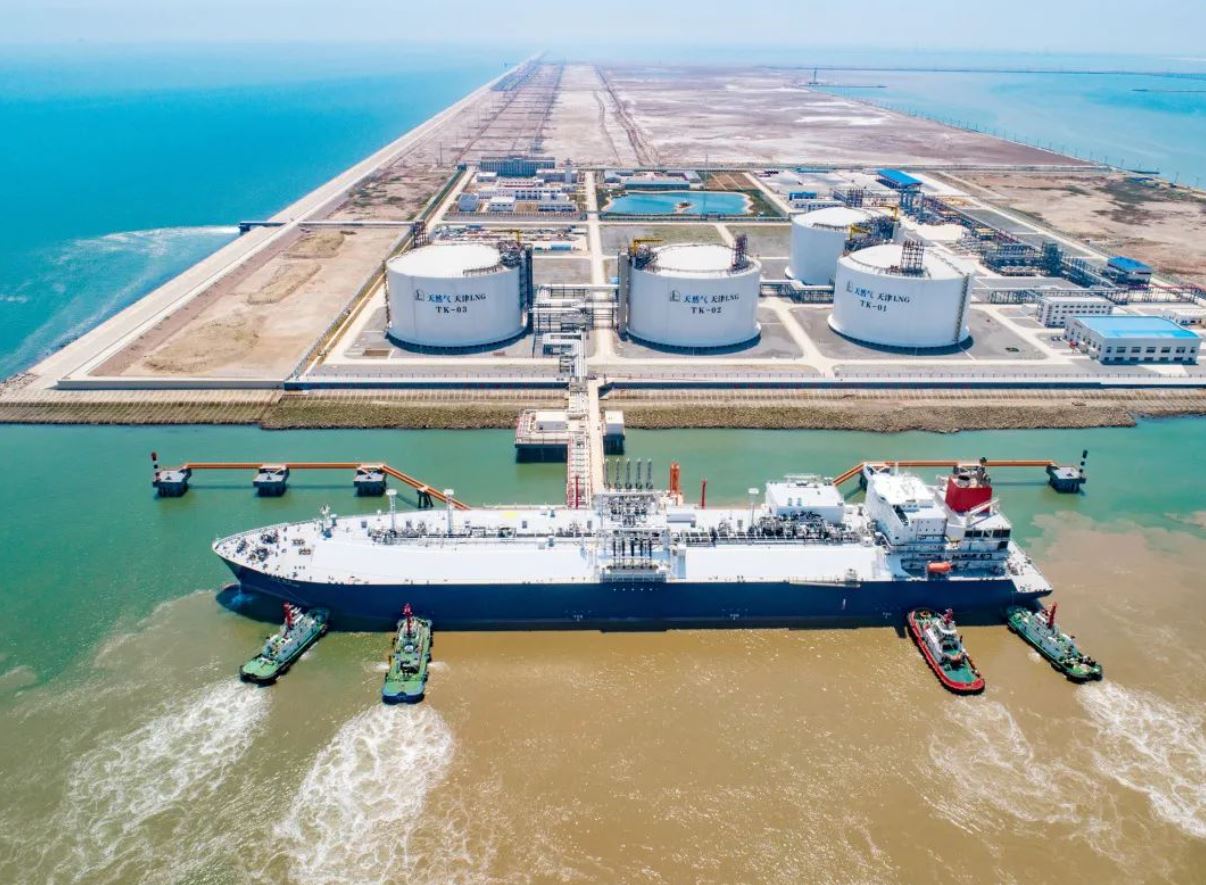Spot prices of trucked LNG in China were highly volatile last month but they reached record highs due to continuing cold weather, according to a report by Wood Mackenzie.
Delivered price indices in Hebei, southern Jiangsu and southern Guangdong almost doubled in just three weeks. In Hebei and Jiangsu, spot prices reached around 10,000 yuan/t ($28/mmbtu) on 21 December, the highest since December 2017. Prices then dropped sharply, only to increase again when another cold spell hit the country in late December, although failing to reach the previous week’s peak, the report said.
Commenting on the trend, Wood Mackenzie research director Miaoru Huang said: “The price spike came as a huge surprise to market participants. Before winter started, consensus was that there would be a well-supplied market with subdued trucked LNG prices, as was the case for most of 2020. As a result, trucked LNG supply had been tightened to make room for piped gas in the current winter season.”
Trucked LNG makes up less than 20% of China’s total gas demand annually. However, its prices are highly sensitive to market balance, especially in winter when it acts as an important peak-shaving source.
The current winter gas demand has been accelerating due to strong economic recovery, household coal-to-gas switching, relaxed gas allocation to non-prioritised sectors and cold snaps.
Logistical issues boost prices
Logistical issues added to the price hike this season while cold weather disrupted LNG transport, Wood Mackenzie said.
In addition, a fire at Guangxi Beihai terminal in southern China forced the plant to cease operations until late December. The LNG terminal has a maximum receiving capacity of 6 million tonnes per annum.
Huang said: “City gas distributors, small industrial and transport end-users are most affected by the price surge. Upstream suppliers’ top priority is to safeguard residential and space heating demand. Non-prioritised users faced piped gas cuts at short notice. As demand was sluggish before winter, city gas distributors did not ask upstream suppliers for enough additional supply in winter piped gas contracts. As a result, some of them were caught by the sudden demand surge and had to resort to trucked LNG.”
Trucked LNG demand up 35%
In the first eleven months of 2020, trucked LNG demand increased by 35% year-on-year, due to its price competitiveness. Demand continued to increase at a time when trucked supply was reduced. After the unexpected tightening, market sentiment further pushed up spot prices, Wood Mackenzie said.
Huang said: “China’s national oil companies (NOCs) are ramping up gas storage withdrawal while maximising domestic production and pipeline imports. There is more gas storage this winter compared to previous years. PetroChina has stocked 12.4 billion cubic metres (bcm) of gas in underground storage facilities, a 15% year-on-year increase. Wen 23 underground storage and LNG storage tanks at terminals will contribute more to peak shaving as well.
“Reportedly, all three NOCs have domestic production in full swing and Russian pipeline flows to China are above contracted levels.”
Price supervision
The central government has increased price supervision. PipeChina has assumed its role to facilitate gas flows to northern China, leveraging improved pipeline inter-connectivity, Wood Mackenzie said.
Since the severe gas shortage in winter 2017/18, China has built more flexibility on the demand side. This includes seasonal pricing, winter gas contracts where uncontracted demand will be met only at market prices, and interruptible demand.
In the worst case, China allowed coal facilities to restart. For example, Beijing restarted two coal-fired power units in late December to generate heat, in addition to two units already started in November, Wood Mackenzie said.
Huang said: “The tightness in December is unlikely to result in much upside in LNG demand imports in December and January. There is not enough time for LNG importers to secure prompt supply. Through curtailing demand and mobilising domestic supply, China would be able to ease demand pressure to some extent. The main LNG importers – NOCs that have adjusted their winter gas contracts – are not obliged to meet all peak demand.
“Besides, the international market lacks prompt cargoes and spot prices are high, which will limit China’s LNG demand upside,” he said.

